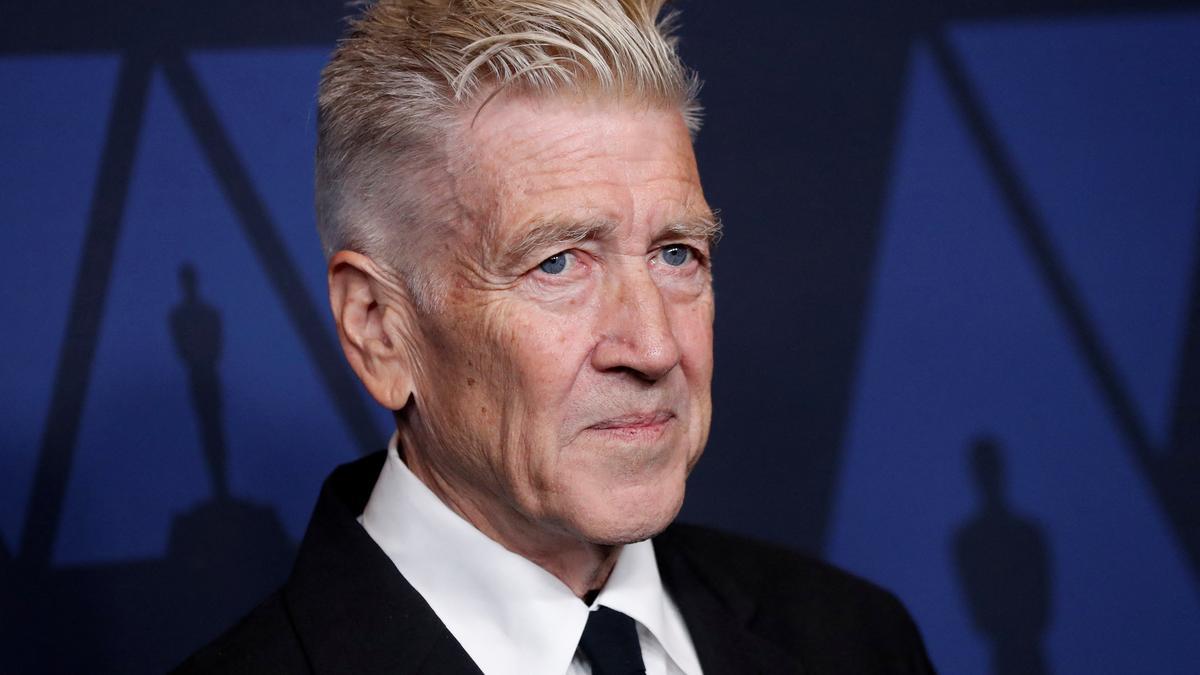
Amidst the relentless pace of the digital revolution, Excel Entertainment unveils “Kho Gaye Hum Kahan,” a cinematic creation that echoes the essence of the tech-savvy youth of our time. It is a world where touchscreens mediate human connection and emotions surface through social media feeds—the zeitgeist of an era that has witnessed an unprecedented integration of technology into daily life.
The new release, directed by the acclaimed Zoya Akhtar, delves into the intertwined lives of three friends, Zeeshan, Ahana, and Neil, as they navigate the complex web of modern relationships through the interface of their digital existence. The film is a canvas that captures the profound transitions experienced by the younger generation, who, absorbed by the allure of social media, find their reality increasingly reflected online.
We witness the trio living their lives under the scrutiny of the public eye, where their every move is chronicled through status updates and picture uploads. This is a narrative of growth and discovery, letting the audience ride the wave of emotions that underpin their bonds of friendship and love. The movie delves deep into the intricate reality of today’s youth, where social media is not just a part of life; it is life itself. Here, physical reality often takes a back seat to digital personas—the carefully curated avatars that, for better or worse, represent individuals to the world before they can even make a physical impression.
“Kho Gaye Hum Kahan” is a testament to the potent effects the digital domain has on the formation of social and emotional connections. It holds up a mirror to the present society, where the authenticity of interactions is frequently questioned. Often, the film suggests, we are seduced by the convenience of swiping right for companionship rather than forging meaningful connections face-to-face.
The director’s craftsmanship shines through as she encapsulates the contemporary spirit with finesse, prompting viewers to peer beyond the superficial sheen of social media and reflect on their real-life implications. The film beckons us to question the endurance of relationships built in a world that has become habituated to the evanescent and the virtual.
Underneath the romanticized portrayal of digital interaction, the story subtly broaches the notion of isolation in a world that is ostensibly more connected than ever. The friends in the film are a microcosm of the greater population that is entranced by glowing screens, often at the expense of the world around them. Through the tales of Zeeshan, Ahana, and Neil, we discern the unsettling reality that our digital footprints, once laid, are indelible and far-reaching.
The movie’s relevance is underscored by its timeliness. As society grapples with the influence of digital technologies, the film serves not only as entertainment but also as a critical examination of the world we inhabit. Viewers are enticed to take stock of their own lives, to measure the value of the connections they have cultivated, and to gauge the extent to which social media has shaped their identity.
In the end, “Kho Gaye Hum Kahan” stands as a poignant piece of storytelling, reflecting the societal metamorphoses of our time. It cements itself not only as a mirror to the present day but also as a guidepost for contemplation, urging us to consider the trajectory of our digital lives. This film is a clarion call—a must-watch for those traversing the labyrinthine paths of the 21st-century digital experience, offering a journey toward self-awareness in the age of connectivity.










